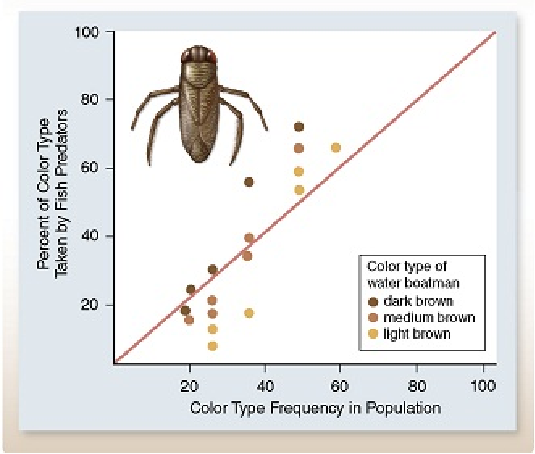The type of viral infection in which a virus enters a host cell, immediately replicates, and causes the host cell to burst is
A. a rare form of viral infection.
B. a transgenic infection.
C. a lysogenic infection.
D. a lytic infection.
E. a systematic infection.
D. a lytic infection.
You might also like to view...
The percentage of different colored water boatmen eaten by fish were graphed relative to the frequency of that color in the population. Based on the graph, a population of water boatmen would _____

A. increase in rare genotypes.
B. have no variation in genotype frequencies.
C. lose rare genotypes.
D. increase in size.
E. decrease in genetic variability.
Random segregation of organelles during cell division is likely to result in an increased rate of which of the following?
A) incomplete penetrance B) dominant loss-of-function mutations C) dominant gain-of-function mutations D) chromosomal duplication mutations E) chromosomal deletion mutations
Impulses from a sense organ may differ in all of the following ways except in:
a. the total number of fibers transmitting messages. b. the frequency of the action potentials passing over a given fiber. c. the total number of action potentials passing over a given fiber. d. the specific types of action potential. e. the specific fibers carrying action potentials.
The sub-atomic particle with a positive charge is ________.
A. a proton B. a neutron C. an ion D. an isotope E. an electron